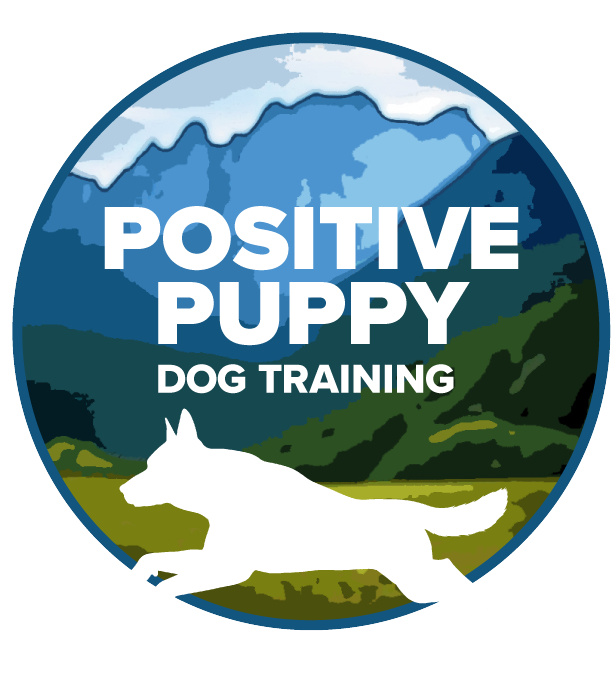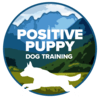Aggressive Dogs
This is a very complex subject to write about because many people find it difficult to recognize the warning signs of aggression that will escalate. Many people may even deny their dog is being aggressive. The new language to soften that fear is “reactive.” I hope to bring awareness to this very scary subject and the many variables. I simply cannot explain them all in a short essay.
There are essentially three kinds of aggression I see in dogs. They are dog to dog, dog to humans, and sometimes both with dogs and people. These are pretty easy categories to identify. What makes this tricky is that this can change.
Genetics is one reason for aggression. That can mean a breed specific tendency such as in a fighting, guarding dog, even a protection dog. Let’s be honest. There are dogs that are bred to fight with other dogs. This means this behavior is “hard-wired” in and cannot be changed. This is why it is imperative that you know what your dog’s breed(s) are and what they were intended to be used for. I recommend that you have your mixed breed dog genetically tested so you know if this behavior is changeable. What is also difficult is that even though a breed was created for fighting or guarding, the dog YOU have may not have enough of those inherited traits to become a problem. Other dogs can be exactly true to their breed. Being a mix of breeds does not mean those genetic characteristics will not be there. It can be extremely difficult to know if a young dog will carry that tendency. It also means that no matter what you do with that puppy early on, it may still have those breed characteristics when it matures.
Genetics can also contribute to fearfulness which can lead to aggression. Dominance aggression characteristics may be genetic as well.
What about the environment, you ask? This is still genetics. Temperament is genetic. A dog with a good, solid temperament can recover from a poor environment, abuse or neglect.
The second reason I see aggression in dogs comes from lack of leadership in a manner that the DOG understands. Our entire society now refers to owners as “parents” and discourages setting clear boundaries with dogs. Dogs sleep in our beds, lie on the sofa, have their own chair, have dog doors, and even sit at the table where we feed them off our forks! Yes, I have seen that! We are encouraged by society to treat our dogs like babies instead of like dogs. I call this the “Dog Identity Crisis.” We call our dogs our children, fur babies, and so on. When we do not recognize dogs for the incredibly wonderful species they are, they become confused and insecure. Very rarely do we humans see loving a dog like a baby as creating insecure behavior in dogs. Of course, an insecure dog can use aggression to help maintain distance from things he may be afraid of. Soothing those behaviors can actually increase that aggression.
Dogs are still 99% genetically the same as wolves. Domestication does NOT change that. What domestication means is that hundreds of years ago, humans took the wolves that were the most willing to interact with humans, then focused on breeding the wolves for their specific natural drives such as hunt drive, prey drive, and pack drive to help people in everyday chores. Those chores included herding sheep, and hunting for food and protecting our families.
If we pay more attention to treating dogs like the fabulous species that they are and honor that, we can influence the development of aggression with leadership activities.
If we pay attention to the genetic breeds of our dogs, and respect and honor that, we can make good decisions about which dog will fit into our lives. We need to know what we can influence and what we cannot in terms of what behaviors might already be hard-wired.
Caption: Prevention of aggression with Leadership very early on can make a huge difference! Gentle restraint with a puppy is a form of leadership.

